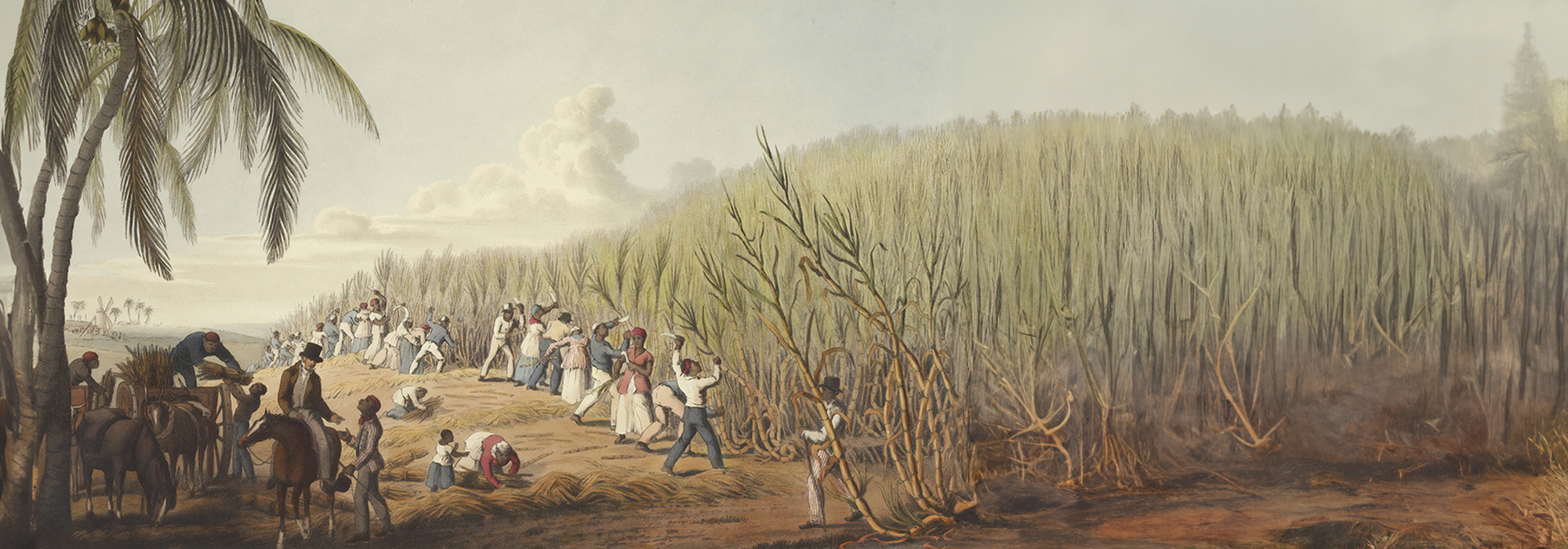Slavery and Abolition

What's Inside

Introduction
Over four centuries an estimated 12–15 million African people were enslaved and forcibly transported across the Atlantic Ocean by European traders.
The archival collections grouped under this theme address many aspects of this harrowing history. They are particularly rich in documentation relating to Britain’s involvement in transatlantic slavery. This includes many records of British companies, merchants, and slave ships involved in the trade. Collections of family papers and business records from Jamaica, Antigua, and other Caribbean islands provide insights into the highly lucrative plantation economy that was dependent on enslaved labour.
The collections within this theme likewise evidence opposition to transatlantic slavery from abolitionists in Britain and the USA. It is also possible to trace resistance efforts from people of the African diaspora. In 1807, the Act for the Abolition of the Slave Trade was passed in Britain. Yet this did not bring about an immediate end to the trade, which was continued by other nations. Nor did it grant freedom for those living in enslavement.
Slavery throughout the British empire was made illegal in 1833. As seen in the collections grouped here, however, other forms of exploitation and coercion continued in the Caribbean and Africa throughout the nineteenth century.

















